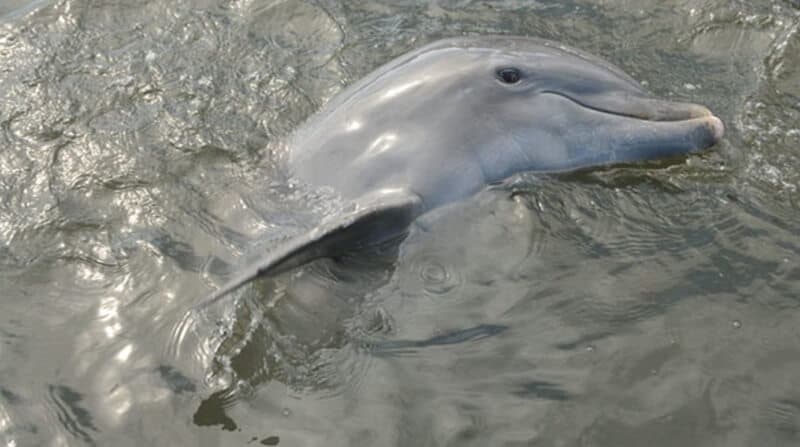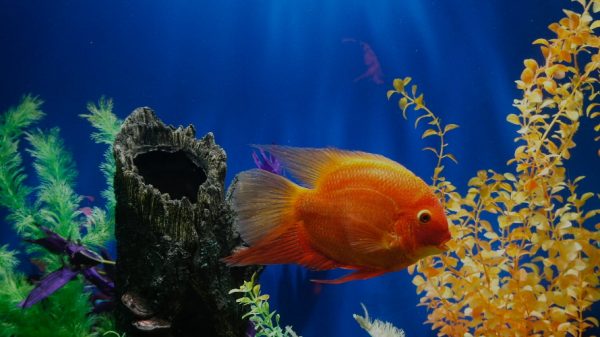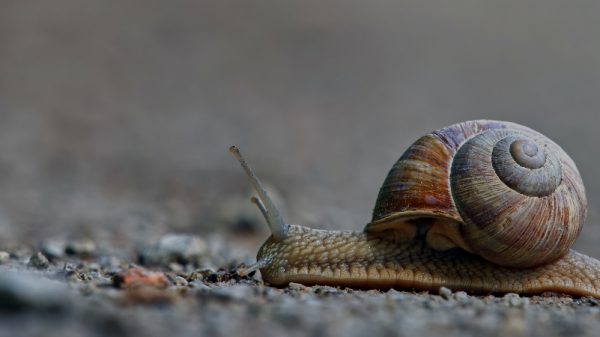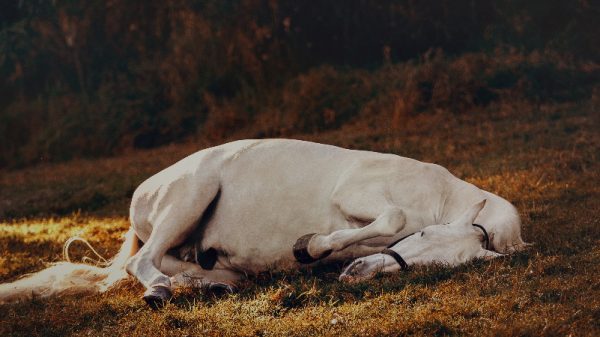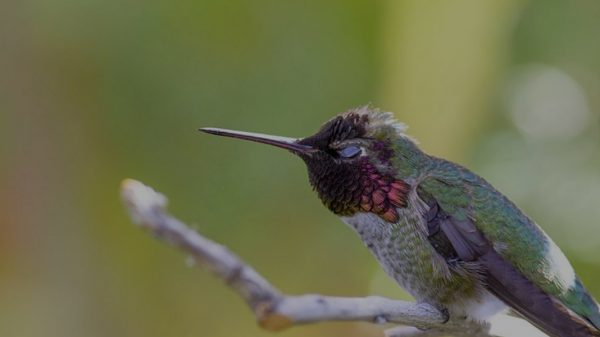Dolphins, just like humans, are mammals. Just like us, they give live birth, rely on oxygen to survive, take in air through their nostrils, and even have a belly button! However, they sleep differently as they need to continuously breathe while sleeping.
For us humans, we have an automatic breathing reflex that allows us to breathe unconsciously. Surprisingly, it is not the same with dolphins. They cannot sleep the same way as we do because their breathing is not automatic, which means they need to remain conscious during their sleep.
How do dolphins breathe?
Again, dolphins are mammals. They do not have gills like fishes so they cannot breathe underwater. Like us humans, they breathe with their lungs through their blowhole. Their blowholes are found on top of their heads. This hole acts as their nostrils. On average, dolphins take about two to three breaths per minute.
For human divers, a quick ascend from the deep towards the water surface can pose a dangerous risk. It may cause the nitrogen in their bodies to dissolve, then forming bubbles which may result in muscle pain, paralysis, and even death. For dolphins, however, it is a different story. When they dive down the waters, they decrease the need for oxygen because only their heart and brain need it.
We humans are involuntary breathers, so we keep breathing even though our bodies are unconscious, but dolphins are special – they are voluntary breathers that consciously breathe while sleeping. It seems that they are not really sleeping.
How do dolphins sleep?
Dolphins do not sleep in long chunks like humans or other mammals do. They do 15 to 20 naps throughout the day and night. When dolphins are sleeping, their brain waves show that only one side of their brain is awake, and the other side is at rest or in deep sleep. During sleep, the eye opposite to the brain that is at rest is open and the other one closed. This is called unihemispheric sleep.
Unihemispheric sleep is beneficial for adult dolphins and their calves as the babies are particularly vulnerable to predators, thus needing to be near their parents most of the time. From this we can tell that it is very risky for dolphins to fall in deep sleep as they should always be wary of a possible predator attack.
Since unihemispheric sleep allows dolphins to monitor their surroundings constantly, a study conducted in 2012 demonstrated that dolphins could stay awake for as much as 15 days. Amazing!
How can dolphins sleep without drowning?
Marine mammals such as dolphins spend their whole lives in the open waters. An interesting question related to this is “How do they sleep and not drown?” Observations based on bottlenose dolphins, both in captivity and in the wild, show that they have two ways of sleeping – by calmly resting vertically or horizontally in the water or by swimming slowly next to another aquatic animal. They also go through a deep form of sleep at night which is called logging as they look like logs floating in the water during this state.
To avoid drowning during their sleep, dolphins must remain consciously in control of their blowhole. The blowhole opens and closes using voluntary control, so in order to keep breathing, dolphins stay awake and aware to make sure they recognize when their blowholes are at the surface and that it is time to take in some air.
Different breathing techniques keep marine mammals hold their breath longer than others. They can take in a lot more air with each inhale compared to humans because their lungs are believed to be bigger and therefore have greater capacity.

